My 7 favorite camera moments in 2024 – from innovative in-camera AI editing to film making a comeback
Plus other honorable mentions
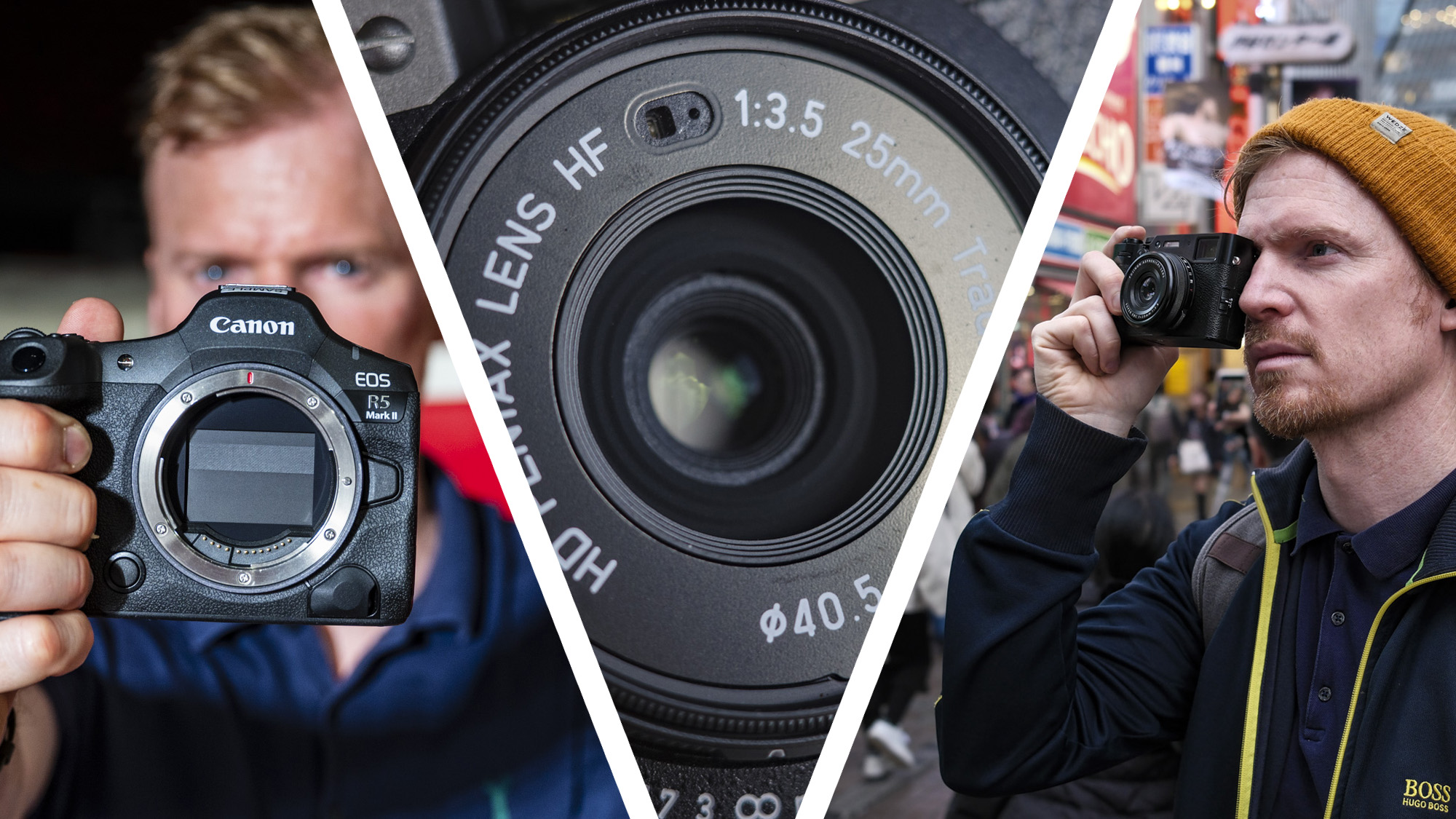
2024 has served up some real treats for me as TechRadar’s Cameras Editor – with plenty of proper chances to play with the latest and greatest camera gear and innovative new features.
My personal favorites included the Canon EOS R5 Mark II, a pro mirrorless camera which packs a speedy 45MP stacked full-frame sensor and incredible autofocus skills. Before that there was the popular Fujifilm X100VI, which is a pricey premium compact camera that attracted huge pre-order numbers and is still on back order now. The Nikon Z6 III is proving hard for me to resist upgrading for, while the Insta360 X4 360-degree camera is the action camera that can do it all. I also adored the charming Pentax 17, a compact half-frame film camera that marked the company's return to film following a decades-long hiatus.
You can read elsewhere about which camera gear scooped up the top prizes in our TechRadar Choice Awards 2024. But what I want to focus on here is not just the cameras that stood out this year, but the specific reasons they do, including innovative new features, plus the headline news stories that could impact camera gear in 2025 and beyond. So let’s get to it with my year in cameras 2024.
1. Using Canon’s Eye-control AF for the first time
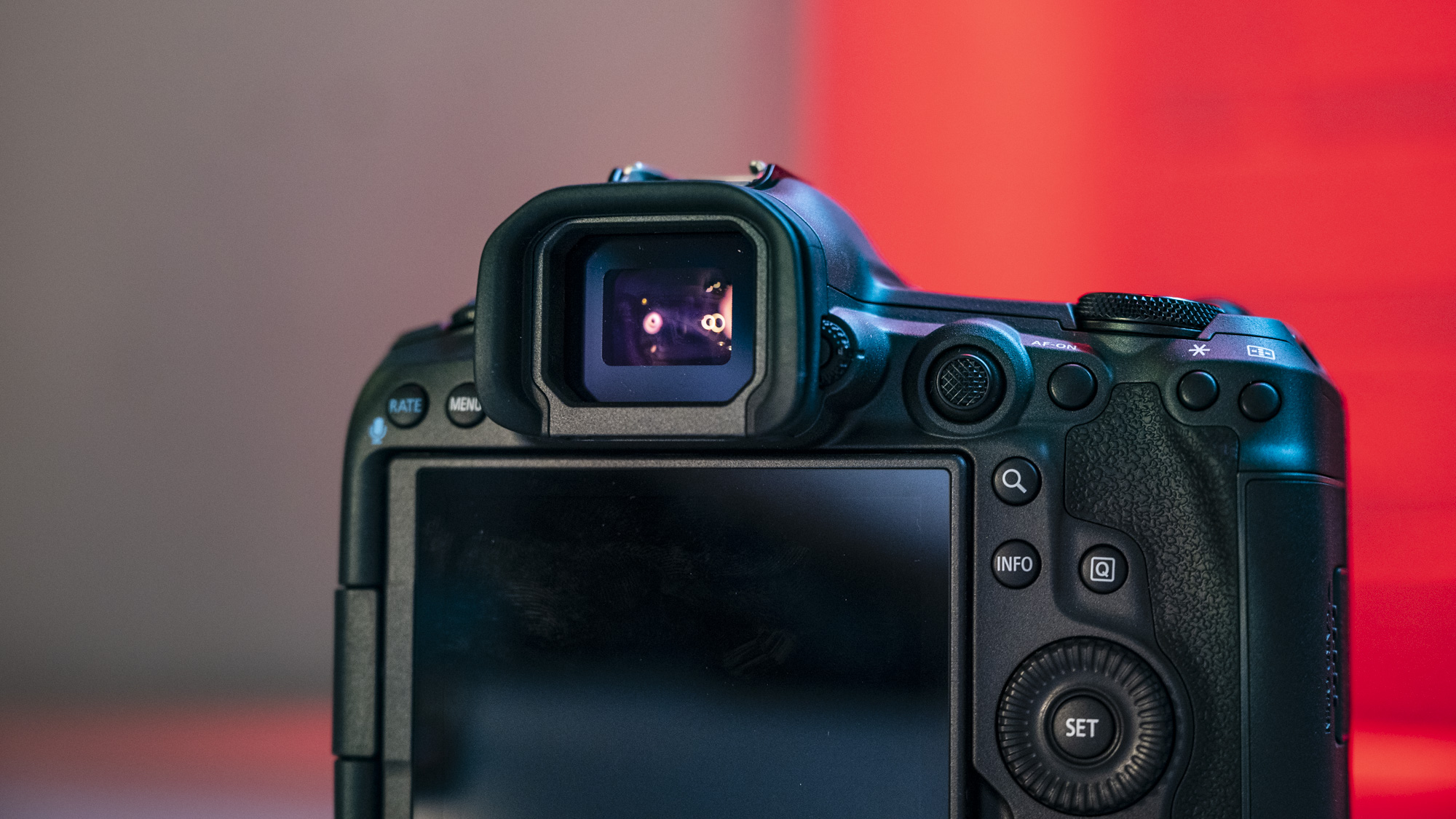
At the launch event of the Canon EOS R5 Mark II and EOS R1, I got my first taste of Canon's unique Eye-control AF feature. It's not new to 2024, but it was new to me, and I loved it. The feature is inherited from the Canon EOS R3, and Canon says it's doubly effective in the latest models. However, we can trace the tech all the way back to the Canon EOS 5, a SLR camera from 1992. So what is Eye-control AF exactly?
Eye-control AF selects the autofocus point based on where you're looking in the frame through the viewfinder. To get started, you first need to calibrate it to your eye, but once you've gone through that process, the feature works impressively well, latching onto where you're looking at in the frame as your point of interest.
Eye-control AF isn't perfect and doesn't cover every scenario, meaning it won't replace regular subject-tracking autofocus any time soon. However, for me the feature made me feel more at one with the camera – its autofocus was responding to me, rather than taking the lead. This was probably the single most memorable camera feature I've used all year and one that I wished was in my own camera.
2. GoPro’s new lens mods evolving action cam design

The action camera space was established by GoPro and dominated for many years by this single brand. However, more recently DJI and Insta360 have challenged and arguably surpassed GoPro’s best, which many understandably believe has hit its limit based on the minor updates in recent GoPro flagships. And on the face of it, it looked like the Hero 13 Black was another disappointing upgrade, with the Insta360 Ace Pro 2 and DJI Osmo Action 5 Pro rivals each having their own GoPro-beating features. However, GoPro had another trick up its sleeve: swappable lenses.
Get daily insight, inspiration and deals in your inbox
Sign up for breaking news, reviews, opinion, top tech deals, and more.
This seemingly insignificant hardware tweak – swappable lenses – together with a new series of lenses and ND filters, has shown us a rosier future for the best action cameras, more so than Insta360's pixels and DJI's better low-light performance and wireless mic compatibility.
Alongside the Hero 13 Black, GoPro launched new Macro, Ultra Wide and Anamorphic lenses – what GoPro calls Lens Mods – plus a 4-set of ND filters. The camera can auto-detect which Lens Mod is attached and auto-adjust its settings accordingly. I tried the Macro lens, which gives you a 4x closer minimum focus and makes the Hero 13 Black a legitimate option for vlogging and creative closeup shots, whereas other action cams aren't fit for such a purpose. GoPro's trio of auto-detected Lens Mods should be just the beginning, too.
3. Shooting film again with the charming Pentax 17

If you were to ask me what was 2024’s most memorable camera, the charming Pentax 17 springs to mind first. It's not the best camera of the year, far from it, but this compact half-frame film camera, which is the first of its kind by Pentax in decades, provided me with an opportunity to shoot with film for the first time in more than 10 years. It wasn’t love at first sight, but the 17 won me over and it sticks in the memory months later; that’s what special cameras do.
While testing for my Pentax 17 review, almost all of my shots were keepers – the retro snapper has all the tools to help users of any skill level to get the shot. And being half-frame, you get double the number of pictures for your money on a roll of 35mm film and that's a win in my book given the high cost of film and development.
Pentax has been really smart in launching this particular camera now – it's a film camera for today that's easy to use and produces lovely vintage vertical photos, sharper than I expected. It feels pricey for what it is, but there aren't many alternatives for film newbies and enthusiasts. Crucially, for film lovers, the Pentax 17 is a new and reliable film camera, with support and spare parts available should you run into any issues – you can't say the same for a cheap old film camera picked up on eBay. If this is the first camera for the Pentax Film Project, then I can't wait for the next instalment in the series, which could be a fully mechanical SLR.
4. Finding an action camera that does it all
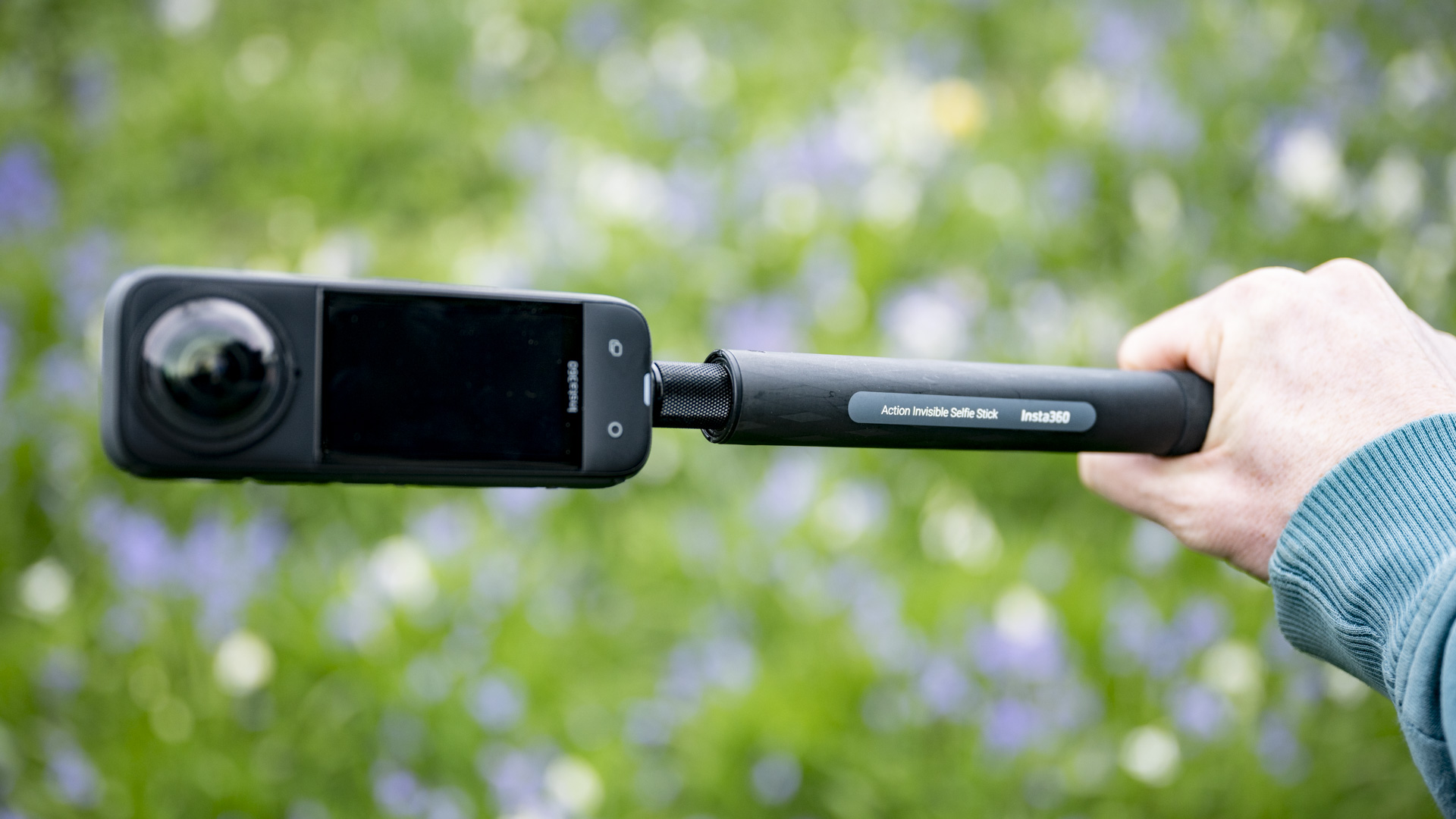
When Insta360 launched the X4, it was clear that the best-ever 360-degree camera was more than just a one trick pony. The 8K video twin-lens camera with total field of view and clever auto-editing doubles-up as a regular action camera thanks to an impressive single-camera mode that shoots image-stabilized 4K video up to 60fps, with a multi-aspect option so you can reframe later. The waterproof camera also works well for vlogging and even as a dash cam, although it’s not purpose-made for that function.
Action cams remain one of the few frontiers as yet unconquered by smartphones, and I would firmly recommend getting one as a second camera, especially for vacations. And now we have the Insta360 X4, a rugged action camera that really does it all. What’s more, the X4 is not only better than any other of its kind, it’s also the cheapest. Special mention also goes to the Insta360 Go 3S. This is a tiny 4K camera that can be positioned in places others can’t for unique perspectives, and I can’t think of another model that all of my family has had more fun with.
5. The roll-out of 'film recipes'
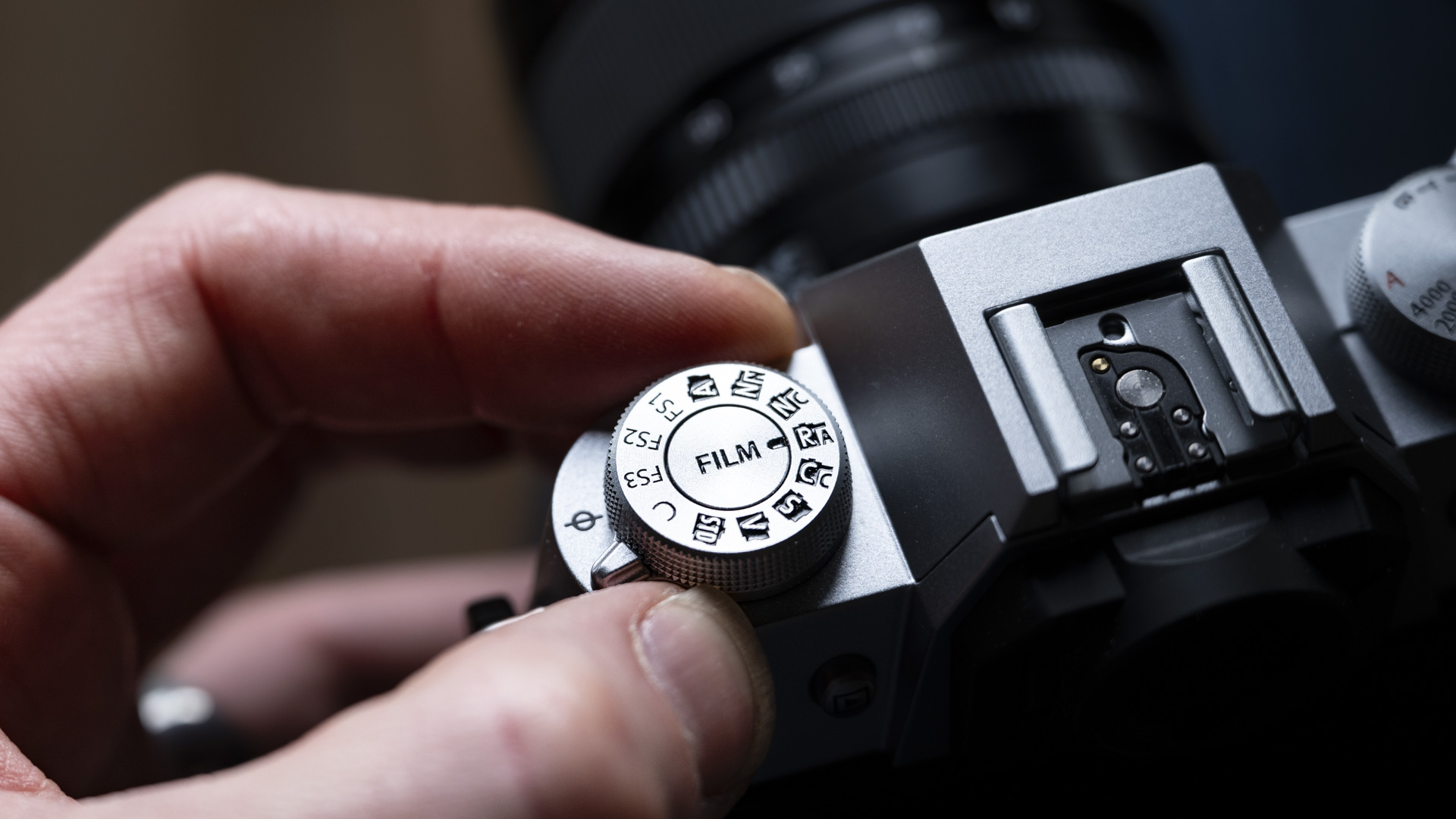
Fujifilm’s Film Simulations were popularized on TikTok in 2023, specifically through the Fujifilm X100 V, which trended big time. Everyone wanted to get the film-simulation look, and pros were making their own custom recipes for others to upload onto their Fujifilm cameras. It didn’t take long for newbies to realize the feature is available in all of Fujifilm’s digital cameras, at which point other models started selling out too. Meanwhile, the Panasonic Lumix S5 II implemented Real Time LUTs, a feature that was arguably more versatile than Fujifilm’s offering, but which didn't receive the same fanfare.
This film recipe trend has only grown in 2024. This year, Fujifilm’s new cameras such as the X-T50 and X-M5 even included a film simulation dial, with three customizable slots for your own film recipes. Pansaonic’s new Lumix S9 then added a button for its Real Time LUTs, while the online community of creators in the Lumix Lab app were able to share their own recipes for free downloads. Nikon even got in on the act when it launched a new app alongside the Z6 III and which is compatible with the new Z50 II and its custom color profiles.
6. Canon ending the megapixel race for good
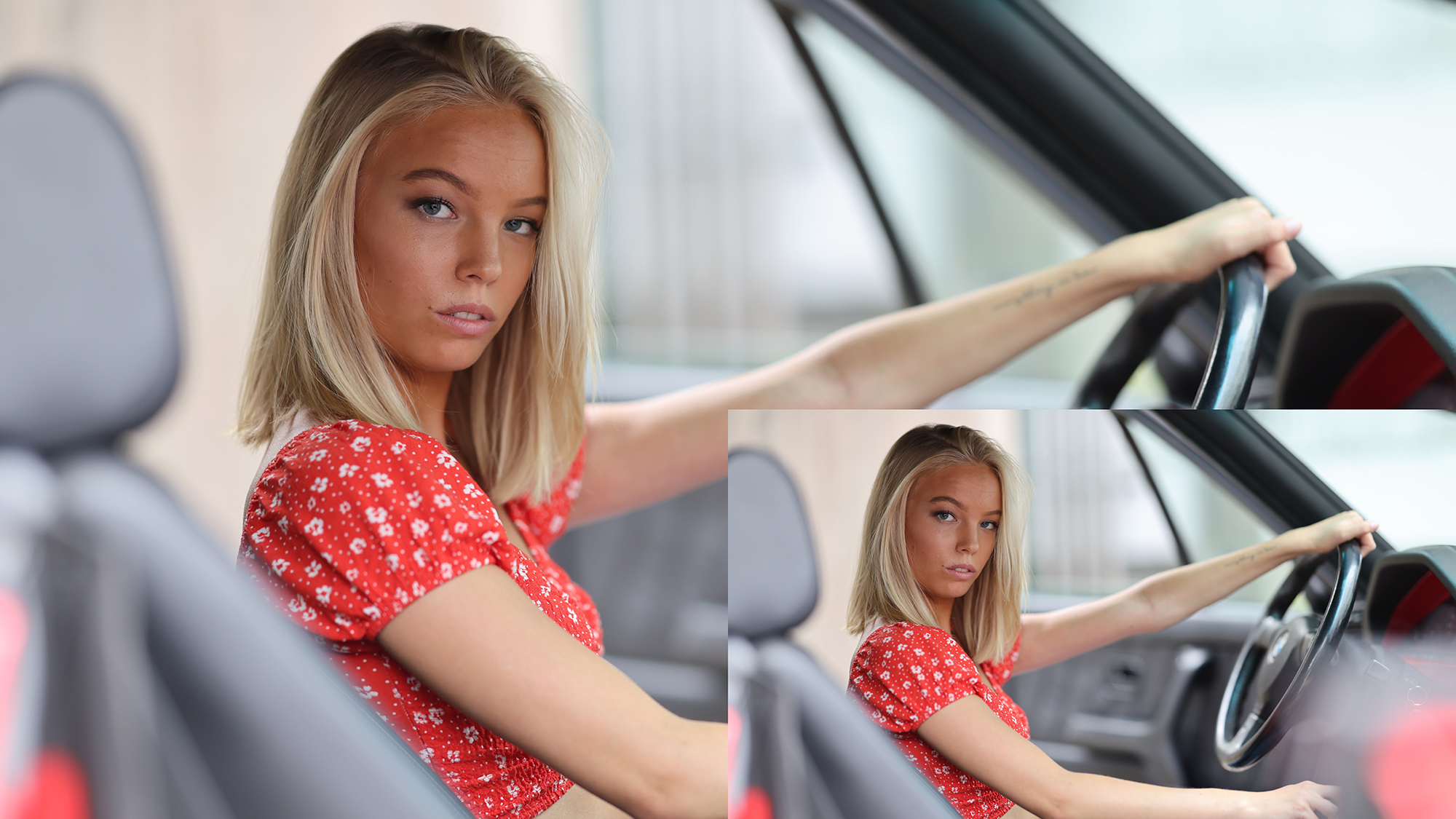
Long down the list of impressive new features in the EOS R5 Mark II and EOS R1, Canon casually dropped its in-camera neural network upscaling and noise-reduction editing. Both functions are powered by what Canon calls deep learning – colloquially labeled AI – with the former interesting to me in particular. Upscaling lets you increase the size of an image, in this case by 400%, while noise reduction can effectively reduce noise by two stops. Genius or gimmick? Having given upscaling a spin during my EOS R5 Mark II review, I think it's the former, thankfully – there's huge potential in this tech.
You can see in the image above the scale at which you can increase the size of photos. In the case of the EOS R5 Mark II, its 45MP images become 180MP ones, although curiously at launch the feature only worked for JPEGs and not raw files. I couldn't see any obvious unpleasant signs of upscaling at play in the final results, and these edits are made for existing images, unlike the high-res shot mode you see in other cameras that combines multiple images together for one larger one; that approach has practical drawbacks, in that you can't really use high-res shot modes for moving subjects.
To be clear, upscaling is nothing new – you can get the effect in editing software such as Topaz AI. However, having a fine-tuned version of the feature, in-camera, feels like the next level. Does a superb in-camera upscale function effectively put to bed the megapixel race? It might just do so.
7. Nikon purchasing RED Digital Camera
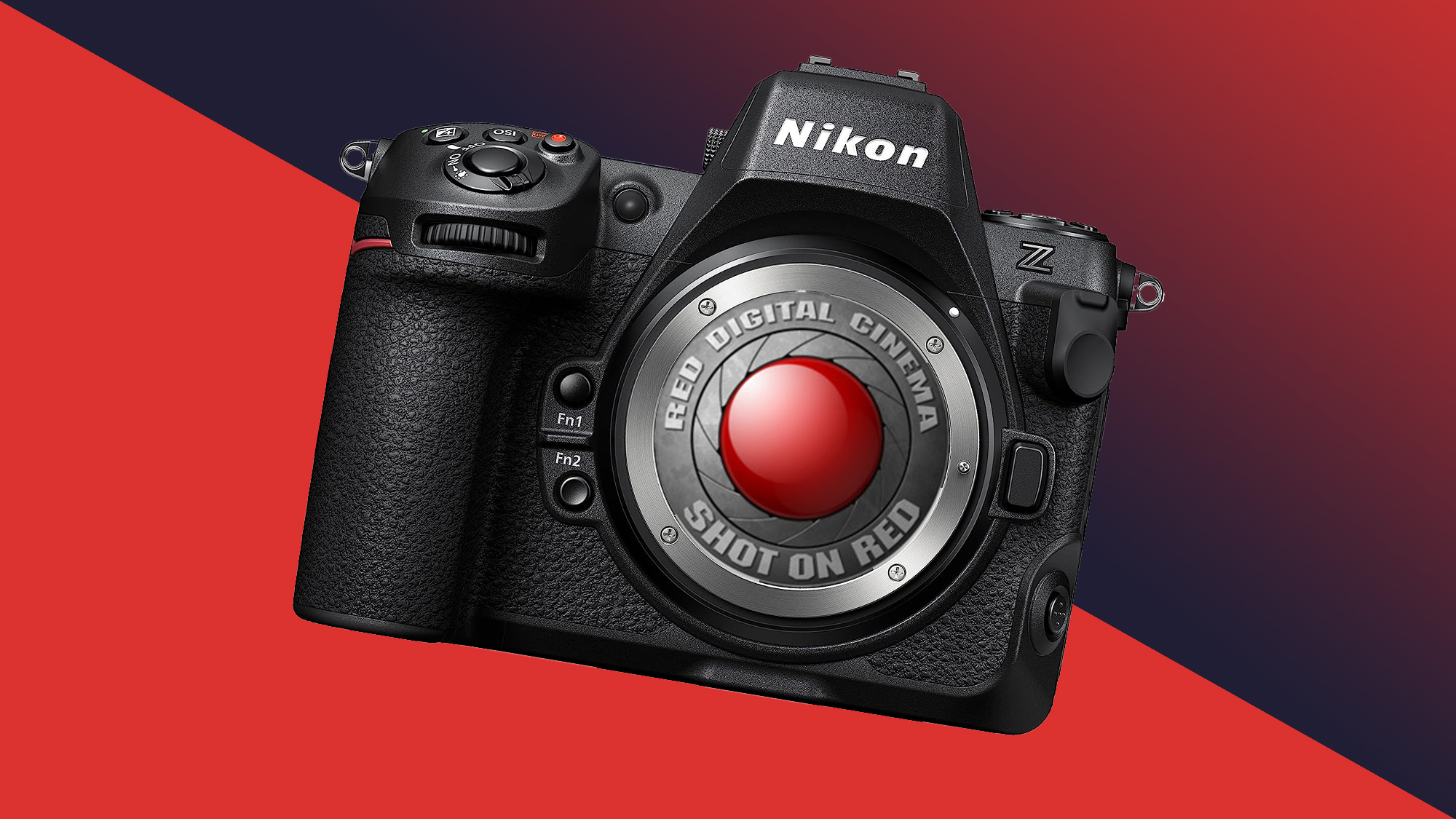
Nikon stunned the camera industry when it announced its 100% acquisition of RED Digital Cinema in March. It feels like a dream partnership for both parties, with Nikon fans in particular dreaming of the cutting-edge video features that could find their way into the best Nikon mirrorless cameras. After all, RED makes industry-leading cinema cameras such as the 8K V-Raptor, plus it has a patent and licence rights for the legendary .R3D raw codec (known as Redcode raw) – color science that is the envy of the filmmaking industry – which Nikon now owns. It might not be a one-sided relationship, either – Nikon could develop a lens mount and new glass for future RED cinema cameras, although that feels less likely.
Buying out a leading name in the cinema camera industry fast-tracks Nikon's product development, immediately making the traditionally photography-focused brand a major player in the film industry. Nikon was already upping video performance and image-quality in its latest mirrorless cameras, such as the Z8, which shoots superb 8K raw video. In July, four months after the news, Nikon President Muneaki Tokunari suggested Nikon cameras will get a major video boost with RED tech – perhaps 2025 could be the year that we start seeing the fruit of this deal.
Honorable mentions: Point-and-shoot cameras making a comeback, Sony's global shutter and DJI branching out
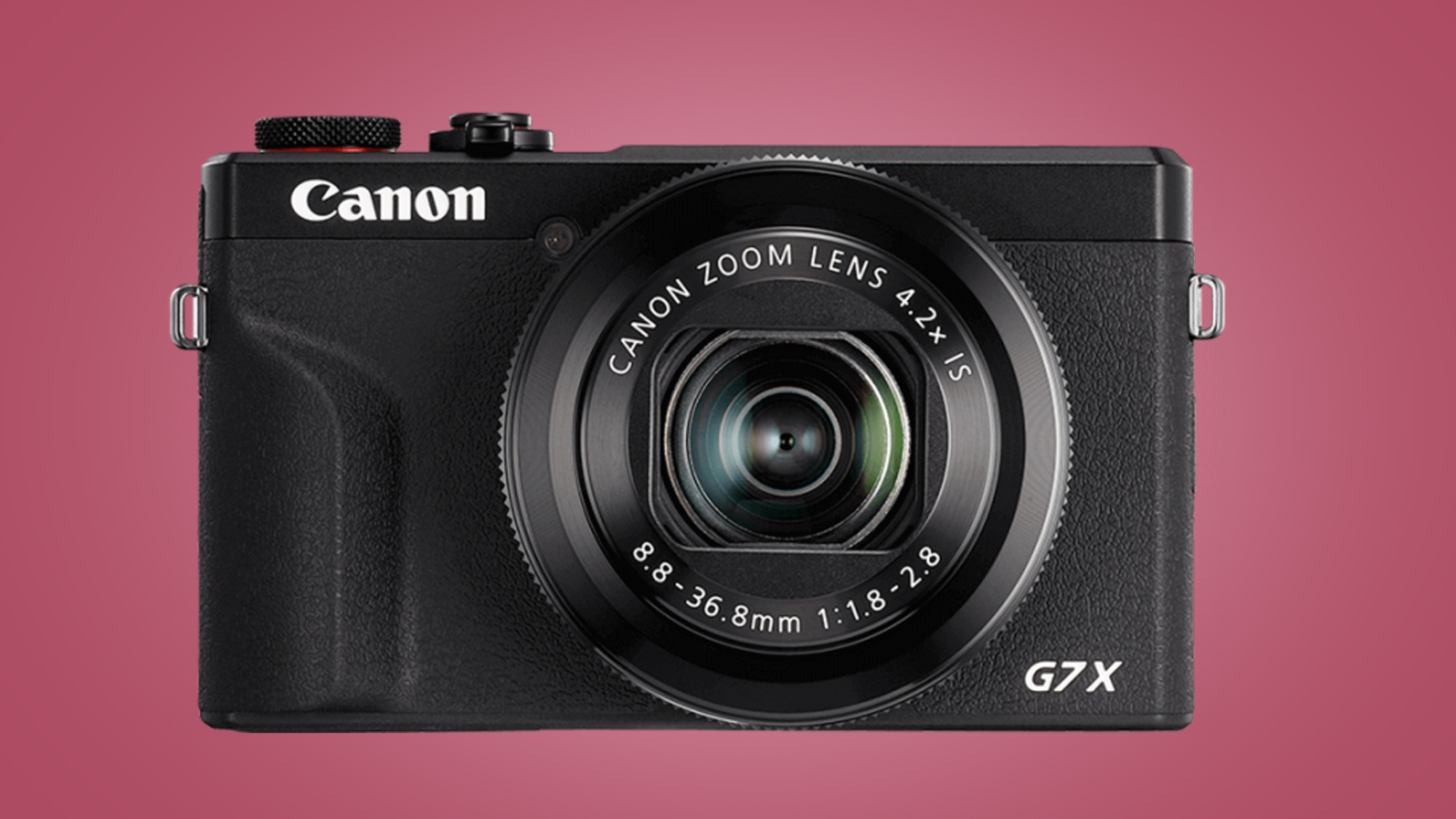
Naturally, there were plenty of other cameras and news stories that didn't quite make the cut here and I'd be remiss not to include honorable mentions. So, let's consider the best of the rest.
TikTok showed that leading camera brands are out of touch with influencers. Time and again we saw It Girls/Boys and influencers toting discontinued vintage point-and-shoot cameras on the video-focused social media app. The result? A surge in demand for select models such as the Nikon Coolpix S6900 (in pink) and Canon Powershot G7X-series; you'll need luck and a deep wallet to get one of those cameras now. The trend prompted me to dig out my old Sony Cybershot RX100, a point-and-shoot from 2012, and I loved the experience. Hopefully, 2025 will be the year that point-and-shoot cameras make a proper comeback.
Sony announced the A9 III mirrorless camera in November 2023, but it only properly hit the market in 2024. Most people won't need its speed, but we've not seen a better camera innovation all year, as outlined in my in-depth Sony A9 III review. Not only is the A9 III the quickest camera around for action photography, but it's now my favorite camera for flash photography, too.
The Fujifilm X100VI won the popular vote and thankfully with good reason, even if TikTok gave the series a leg up. I really enjoyed testing the X100VI in Japan at the product launch – experiencing is believing – although once again Fujifilm underestimated demand and the popular camera is still on back order. Personally I don't mind waiting for good things and think the X100VI is certainly one of those. However, some fans might be less forgiving if Fujifilm's next camera also demands a long wait.
DJI enjoyed another bumper year, with an unmatched breadth to its cameras portfolio, and scooped up our camera brand of the year award. It's rapidly improving its products, even in markets where there is no real competition, particularly drones and connected accessories such as wireless mics. Perhaps it's the ongoing threat of a ban in the US that is putting wind in DJI's sails, but in 2024 it's only consumers who are benefitting. The DJI Neo, for instance, was an all-new selfie drone for beginners that makes FPV drone piloting accessible to all, especially since DJI launched cheaper Goggles to use with it. I expect DJI to have a strong start to 2025.
You might also like
- The point-and-shoot is back: Panasonic launches new Lumix out of the blue, with iPhone-trouncing 30x optical zoom
- I shot a Premier League soccer game with the new flagship Sony A1 II mirrorless camera – here are 5 things I learned
- I used my vintage point-and-shoot for the first time in years – here’s how it compares to my Pixel phone

Tim is the Cameras editor at TechRadar. He has enjoyed more than 15 years in the photo video industry with most of those in the world of tech journalism. During his time as Deputy Technical Editor with Amateur Photographer, as a freelancer and consequently editor at Tech Radar, Tim has developed a deeply technical knowledge and practical experience with cameras, educating others through news, reviews and features. He’s also worked in video production for Studio 44 with clients including Canon, and volunteers his spare time to consult a non-profit, diverse stories team based in Nairobi. Tim is curious, a keen creative, avid footballer and runner, and moderate flat white drinker who has lived in Kenya and believes we have much to enjoy and learn from each other.